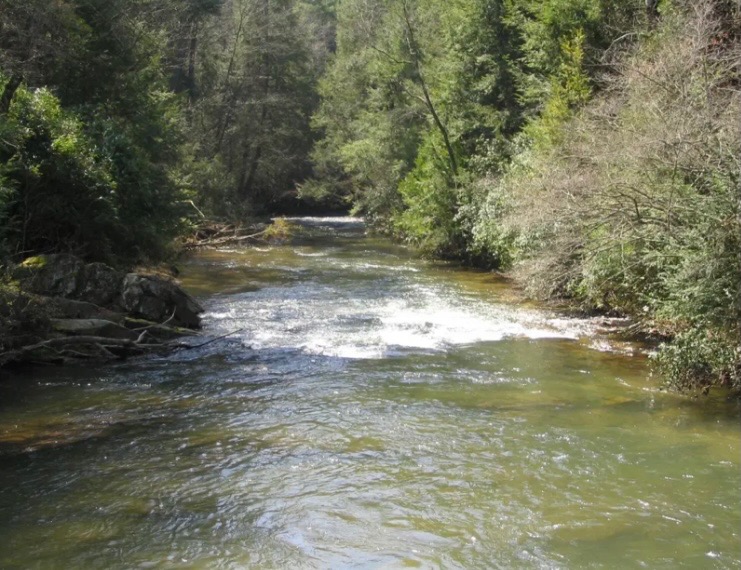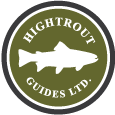
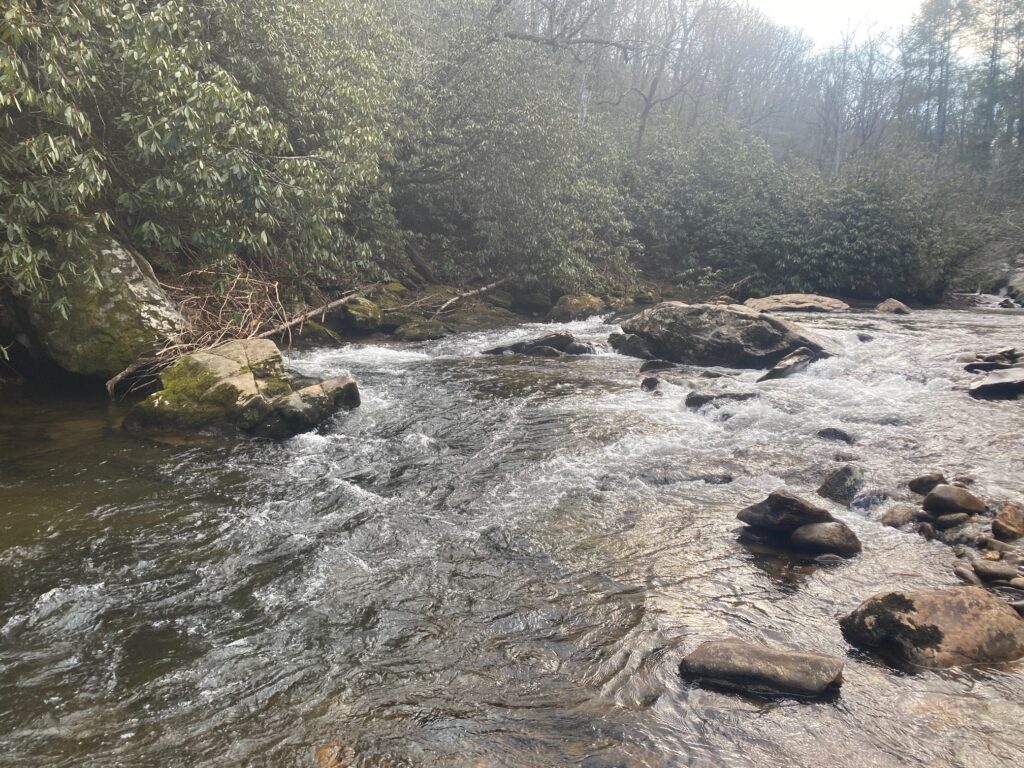

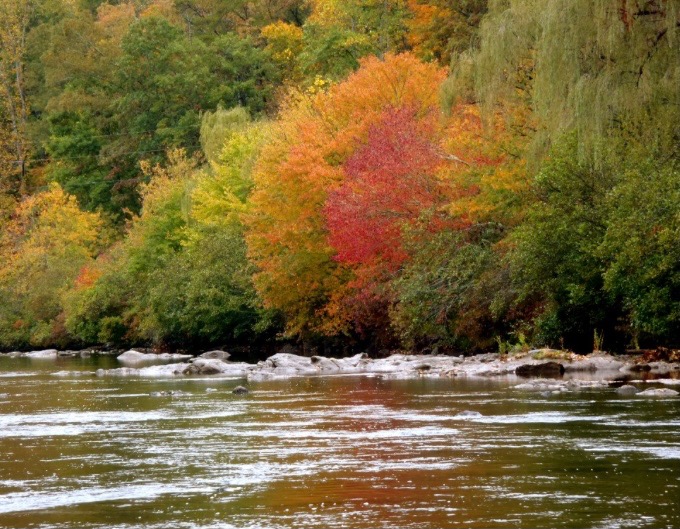

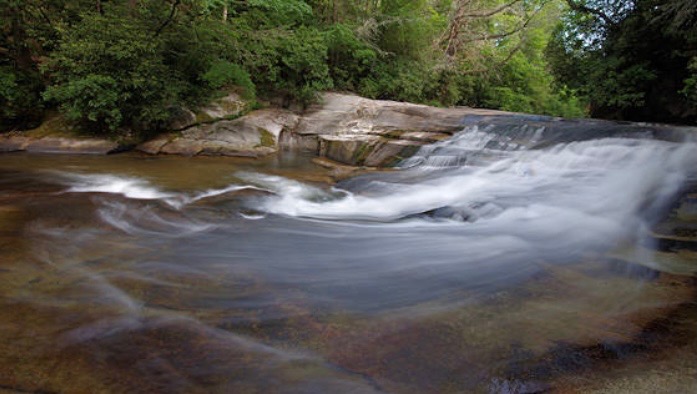
From headwater elevations of about 5,500 feet at Mount Hardy just off the Blue Ridge Parkway, the West Fork of the Pigeon River falls nearly 3,000 feet over about 18 miles to its confluence with the east fork and the formation of the Pigeon River. Along this course, and up the river’s tributaries, there is every type of trout water, from brook trout in tight and tiny high-elevation trickles to hatchery supported and delayed harvest stretches. The water is extremely clear under normal conditions, and it is a pretty place. It is also the most heavily managed fishery in Haywood County, North Carolina. The best public access begins upstream of Lake Logan at the boundary of Pisgah Game Lands. North Carolina 215 parallels this entire stretch, about 8 miles of water.
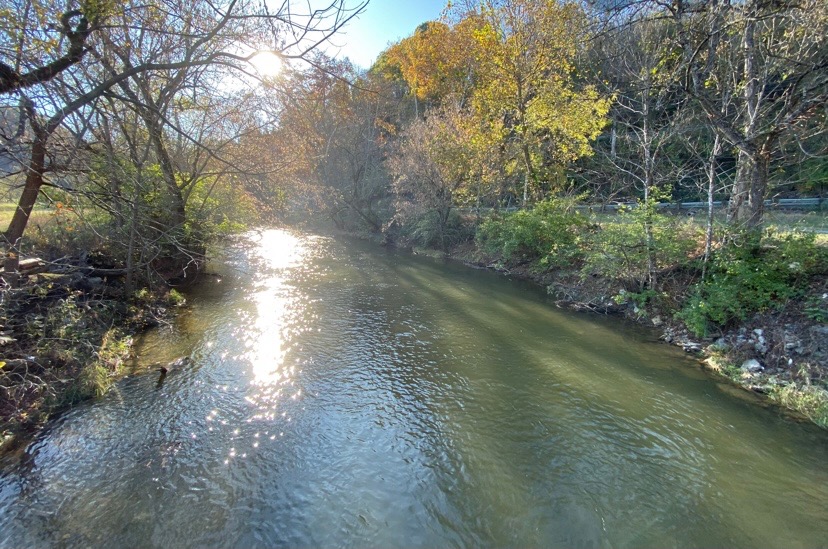
Watauga River

Snowbird Creek

Moses Creek is one of the best small stream, pool hopping, back country fly-fishing destinations we guide. This creek is full of native wild brook trout. If you’re looking for a secluded backcountry adventure look no further.
